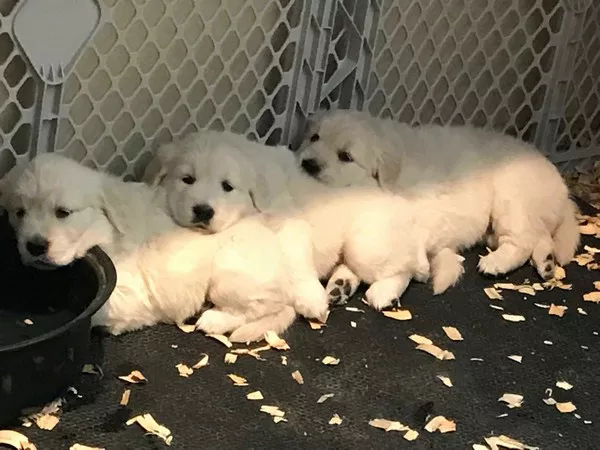Many of us feel a sense of achievement when our dog or puppy learns to relieve themselves outdoors. However, there will come a time when we find ourselves standing outside in unfavorable weather conditions, waiting for our dog to choose the perfect spot for their bathroom break. Or perhaps during moments of urgency, our dog might pause to thoroughly investigate every blade of grass before moving on. The positive aspect is that once your dog or puppy has become accustomed to domestic living, you can bypass these exasperating scenarios by training them to eliminate on command. This process isn’t intricate, but it commences with comprehending your dog’s individual routines and preferences.
Observing your dog’s routines
Start by closely observing your dog’s bodily patterns. While you can teach your dog to relieve themselves on cue, it’s essential to respect their natural timing.
Additionally, familiarize yourself with your dog’s behavior outdoors:
- how do they prepare for elimination?
- Do specific times of the day prompt a need for a walk?
- When do they urinate or defecate during outdoor outings?
- Is your dog prone to multiple daily bowel movements?
- Can you anticipate certain times of day when your dog is likely to relieve themselves?
Each time you take your dog out for elimination, pay attention to their conduct. Dogs often indicate their intentions by spinning, sniffing, or pacing back and forth in a particular spot. Recognize these signs that your dog is about to urinate.
Establish a consistent routine
Dogs are more likely to learn to eliminate on command when they anticipate a walk. It’s a good idea to establish regular walking times; many owners opt for walks early in the morning and late in the evening, with additional walks at convenient intervals after work or school. Even if you reside in a secure area where your dog doesn’t necessarily need a leash, using one during training is advisable. This ensures your dog remains focused and doesn’t get sidetracked while mastering elimination on command.
Introducing the command
Once you’ve identified the behaviors that precede elimination, it’s time to introduce verbal commands. Wait until you observe your dog’s preparatory actions, such as pacing or spinning, and then issue a command like “hurry up,” “go time,” or any other cue you prefer. Clearly articulate the command and await your dog’s completion of the task.
Rewarding positive behavior
Once your dog has successfully eliminated, offer praise in an upbeat tone and perhaps a couple of treats. Ensure the reward is something your dog truly enjoys and finds motivating, as learning to eliminate on command requires practice.
Repetition and consistency
Teaching this command might take longer than some others because practice is only possible when your dog genuinely needs to eliminate. To achieve prompt results, consistency is key. Every time you take your dog out, wait for the signs indicating their readiness, and then issue the “hurry up” command. Always promptly reward them for complying. If multiple family members partake in walking the dog, ensure they follow the same procedure and employ consistent commands simultaneously. Avoid allowing your dog to eliminate freely during this training phase.
Queries and Proofreading Measures
After several days of practicing the command, you should observe a diminishing gap between issuing the command and your dog actually eliminating. This is the moment to test the command’s effectiveness.
During your next outdoor excursion, guide your dog to the designated elimination area and issue the command without waiting for their usual pre-elimination behaviors. If your dog responds well to this command, they should eliminate promptly. If not, return to practice mode for a few more days before attempting the test again.
Once your dog seems proficient with the command, refine its execution. Begin rewarding only when a brief interval transpires between your command and their elimination. If your dog lingers to sniff around before acting, withhold the reward. Gradually, your dog will learn to expedite the process upon receiving the command.


